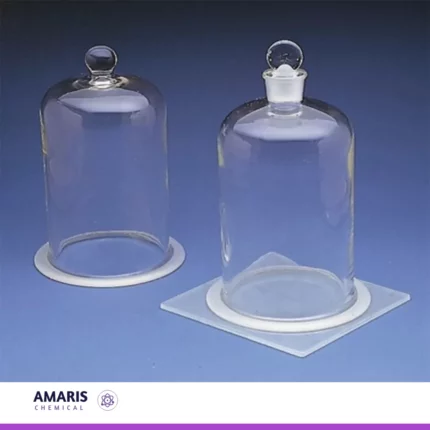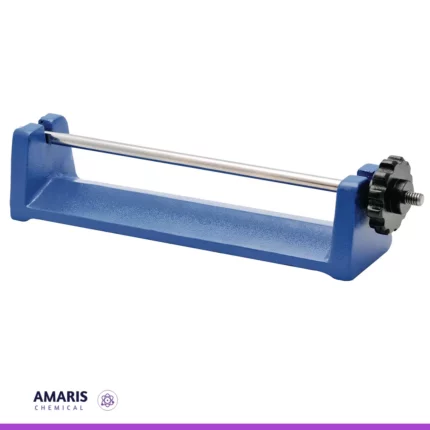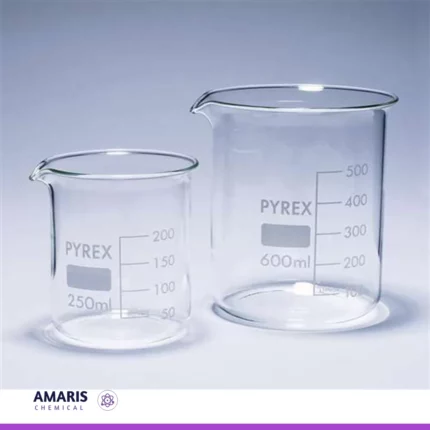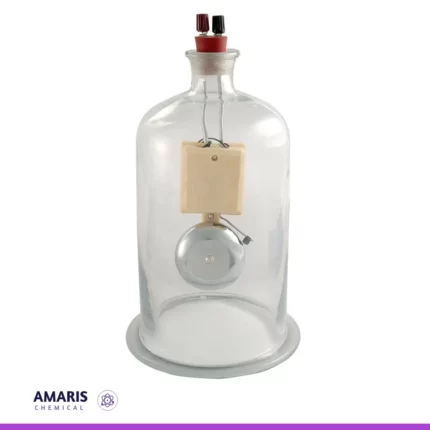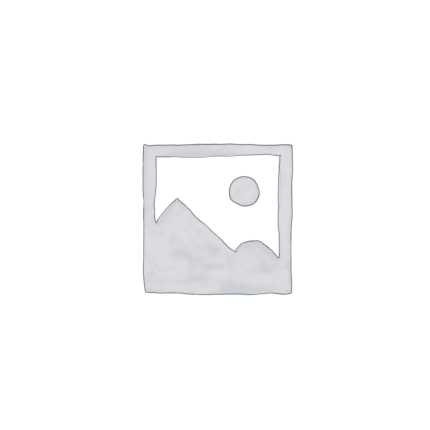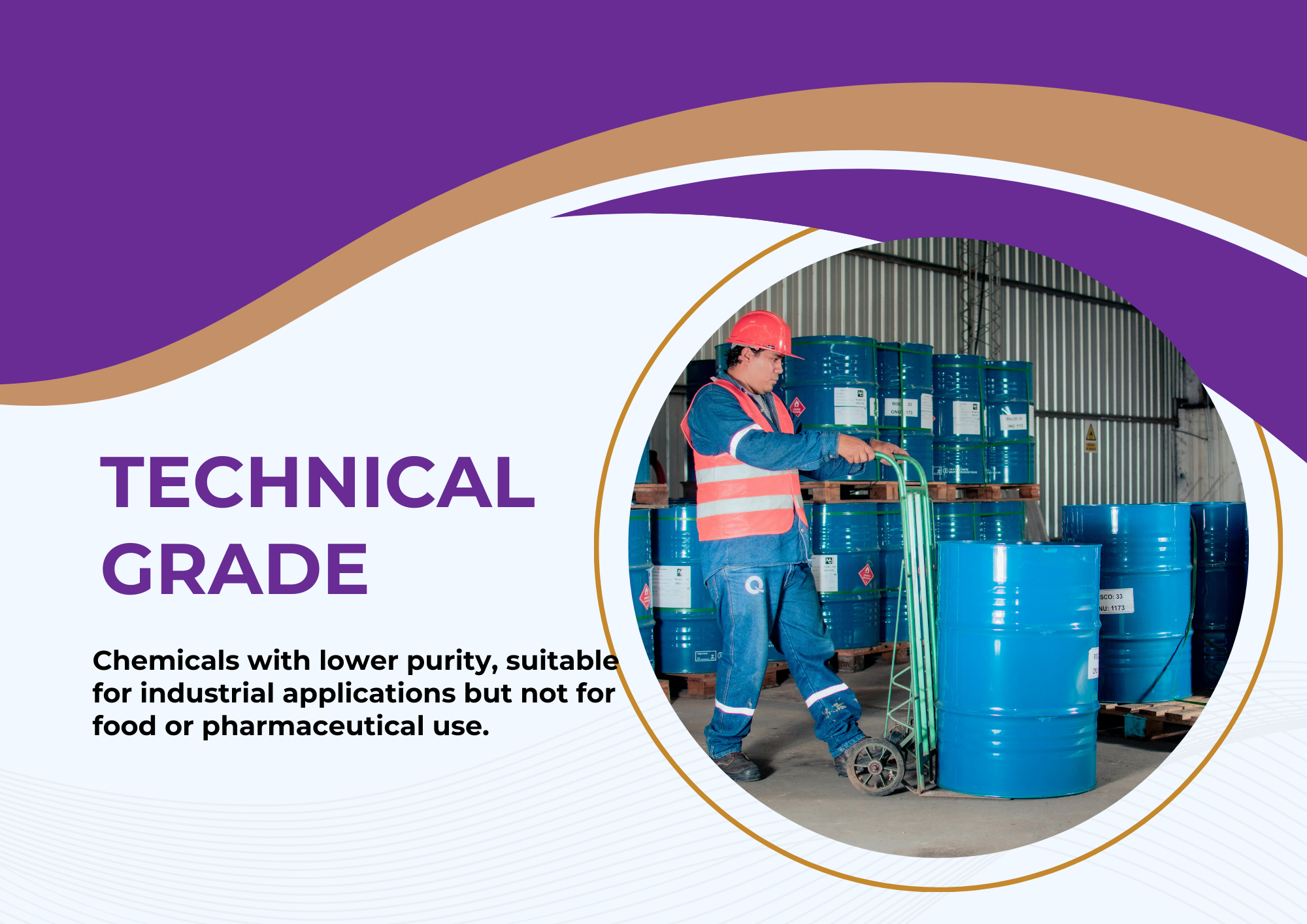blow pipes
KSh0.01
A blowpipe apparatus is a scientific instrument used in analytical chemistry and mineralogy for conducting various tests, particularly flame tests and microchemical reactions. It typically consists of a small tube or pipette through which a controlled stream of air or oxygen is blown onto a sample being heated. This stream of air or oxygen enhances the combustion of the sample, allowing the observation of characteristic colors emitted by different elements when they are vaporized and excited by the heat. The blowpipe apparatus is often used to identify and differentiate between different elements and compounds based on their unique emission spectra and reactions.
Uses of blowpipe apparatus
Flame Tests:
One of the primary uses of the blowpipe apparatus is for conducting flame tests. By heating a sample using the blowpipe’s flame and observing the color of the emitted light, analysts can identify the presence of specific elements. Different elements emit distinct colors when they are vaporized and excited by heat, allowing for qualitative identification.
Mineral Identification:
In mineralogy, blowpipe analysis is used to identify minerals based on their chemical composition and physical properties. By performing various tests and reactions with a mineral sample using the blowpipe apparatus, mineralogists can determine the presence of specific elements or compounds, aiding in mineral identification.
Assay of Ores:
The blowpipe apparatus is utilized in metallurgical processes to assess the composition of ore samples. By subjecting ore samples to various reactions and tests with the blowpipe flame, metallurgists can estimate the content of valuable metals and minerals present in the ore, which is crucial for efficient extraction and refining processes.
Testing Gemstones:
Gemologists use blowpipe techniques to identify gemstones based on their chemical and thermal properties. Different gemstones exhibit unique behaviors when heated with the blowpipe, allowing gemologists to distinguish between various types of gems.
Detection of Non-Metals:
The blowpipe apparatus can also be used to detect non-metals and other substances. Certain non-metals, such as sulfur and carbon, exhibit distinctive reactions and characteristics when heated with the blowpipe flame.
Educational Purposes:
The blowpipe apparatus is often used as an educational tool in chemistry and geology labs. It helps students understand concepts of flame tests, chemical reactions, and qualitative analysis while gaining hands-on experience.
Field Studies:
In fieldwork, especially in remote or outdoor environments, the blowpipe apparatus can be a portable and useful tool for preliminary mineral identification and elemental testing.
Archaeological and Historical Research:
Blowpipe analysis has been employed in archaeological and historical research to analyze ancient artifacts, pottery, and pigments, providing insights into the materials and processes used in their creation.
Research and Development:
Blowpipe techniques can be adapted and used for specialized research in fields such as material science, environmental analysis, and forensic science.


